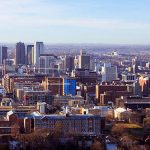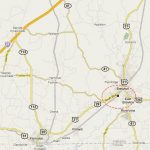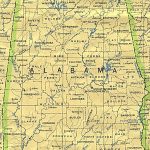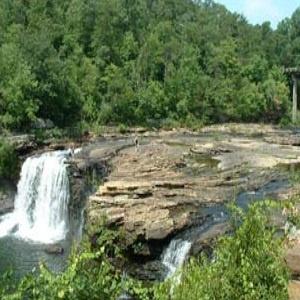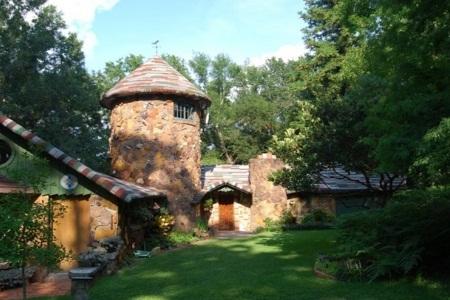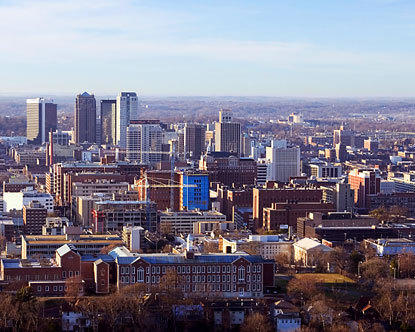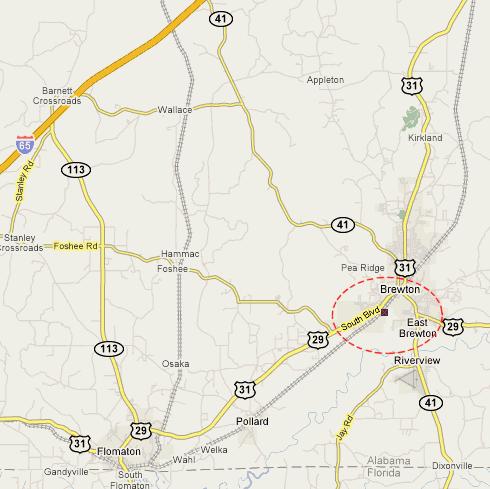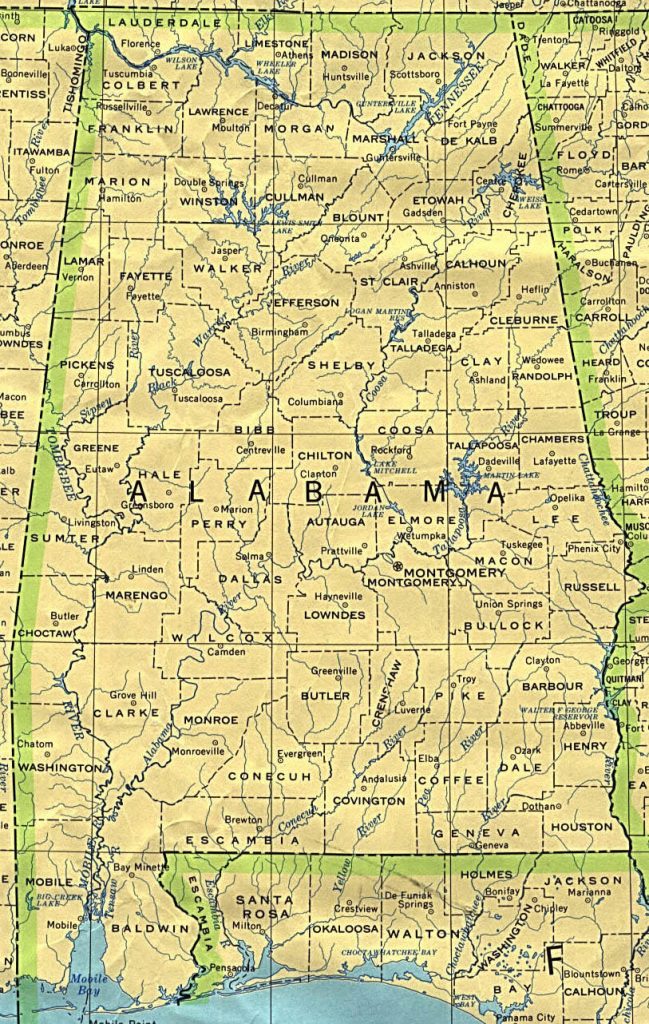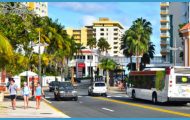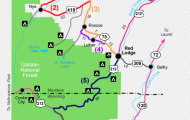Latino Influx in the Late Twentieth Century
Prior to 1990 few Latinos lived in Alabama, and they were mainly professional people, such as physicians and college instructors. Among the latter were many of the several hundred Cuban refugees who settled in Alabama during the 1960s. In addition, temporary workers were recruited to pick fruits and vegetables and to
plant pine trees, but they usually returned to their place of origin after completing their assignments. In fact, the U.S. Census Bureau offered only sample-based estimates of the Latino population until 1980. In that year the Census Bureau counted only 33,299 Latinos in the state, or less than 1 percent of a total population of 3,893,888.
The years after 1990 witnessed a substantial influx of Latinos, who became permanent residents of Alabama. According to the Census Bureau’s American Community Survey for 2006, there were 111,432 Latinos in Alabama, or approximately 2.4 percent of the total population of 4,599,030. The actual number of Latinos living in Alabama was undoubtedly much higher. In 2005 the Pew Hispanic Center estimated the number of unauthorized migrants living in Alabama at between 30,000 and 50,000.
By the time Latinos began arriving in the late twentieth century, the economy of Alabama had undergone substantial changes. The state was still relatively poor, but its economy was much more diversified than it had been earlier in the century. Although cotton remained a major crop, poultry raising and processing had become the most important activity in the agricultural sector, and Alabama ranked third in U.S. broiler production, behind Arkansas and Georgia. Other new products included farmed catfish and soybeans. Though experiencing declines in Alabama as elsewhere, textile and iron and steel production was still a major part of the industrial sector. These traditional industries were, however, supplemented by new manufacturing activities. Most notable perhaps was the establishment, beginning in the 1990s, of automobile plants by several foreign makersincluding Mercedes, Honda, and Hyundaiand of factories for the production of auto parts.
Latinos initially settled in the northern section of the statemainly in rural, sparsely populated, overwhelmingly white counties.3 One such county was Marshall County, where the Latino population in 2006 was estimated at 8,100, or 9.3 percent of a total population of 87,185. In neighboring DeKalb County, there were 6,460 Latinos in 2006, or 9.5 percent of a population of 68,014. Other northern counties where Latinos were numerically significant included Franklin and Cullman counties.
Farther south, the more populous Jefferson County, where Birmingham is located, and Shelby County had sizable Latino populations too. In Jefferson County, Latinos numbered 17,337, or 2.6 percent of the total population in 2006. In Shelby County 5,934 Latinos, or 3.3 percent of the total population, were counted. There was also a Latino presence in parts of the 12-county Black Belt (so called because of its rich soil), the most impoverished and heavily African American section of the state, even as the region was losing population.
Approximately 64 percent of the Latinos counted in the 2006 survey were Mexicans; the others came mainly from Central America and the Caribbean. Most
of these Latinos originally went to northern Alabama to work in poultry-processing plants. By the late 1990s, for example, in the tiny town of Collinsville, in DeKalb County, approximately half of the workers in the local poultry plant were Latinos. They also found employment in a local sock factory, a nursing home, and in retail establishments. By 2000, 23.5 percent of Collinsville’s 1,644 residents were Latinos. Poultry-processing plants drew Latinos to other areas of the state, such as the town of Union Springs in the Black Belt’s Bullock County. In 2006 Latinos accounted for about 2.7 percent of the county’s approximately 11,714 people. Throughout the state Latinos also found work in construction, landscaping, restaurants, and other service industries.
In addition, many Latinos opened restaurants, groceries, clothing stores, and other businesses to serve their communities, and by 2002 there were more than
2,500 Latino-owned businesses in the state. A Hispanic Business Council was established in 2001 as part of the Birmingham Area Chamber of Commerce to assist Latino entrepreneurs and companies doing business with Latinos. In 2003 an Alabama Hispanic Chamber of Commerce was formed in Birmingham. Affiliated with the U.S. Hispanic Chamber of Commerce and made up solely of Latino entrepreneurs, its members included retailers, mortgage brokers, insurance agents, and others.




